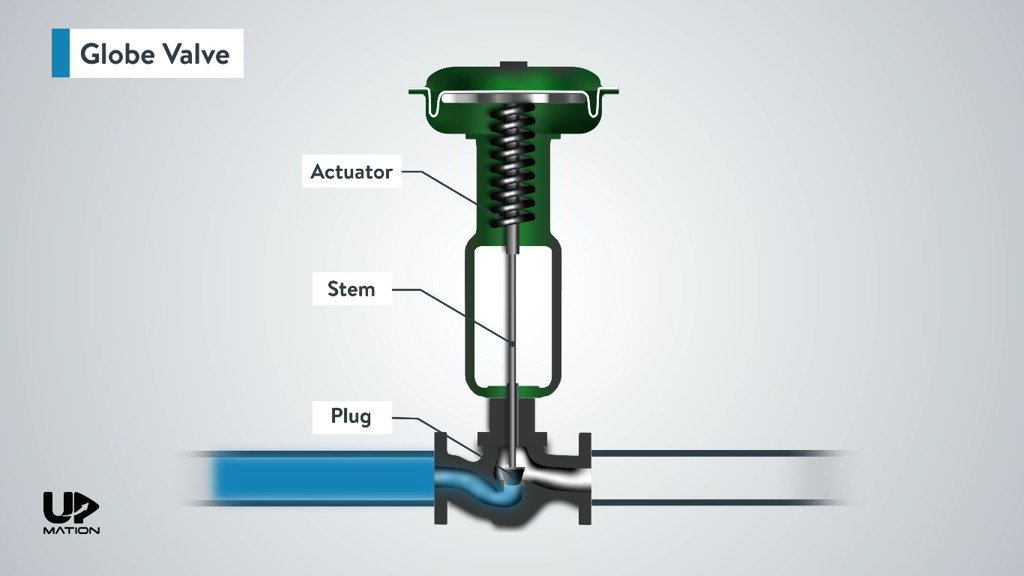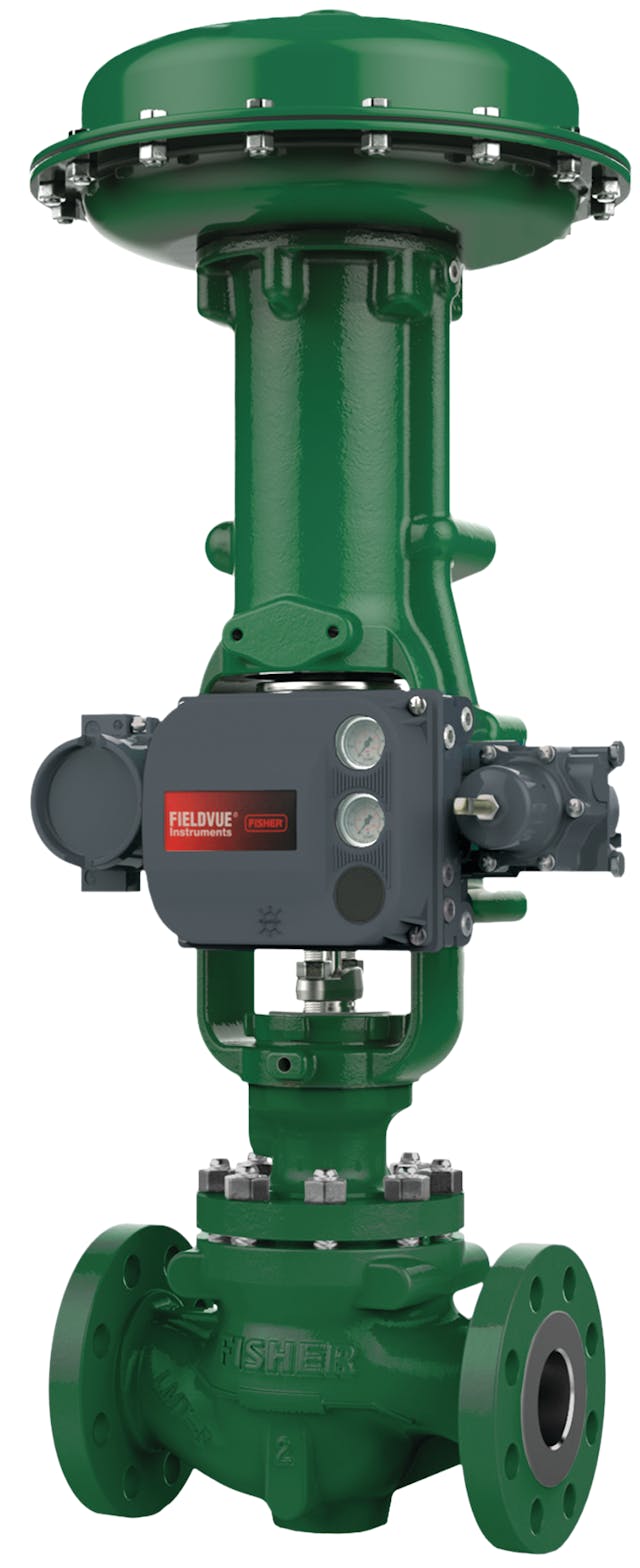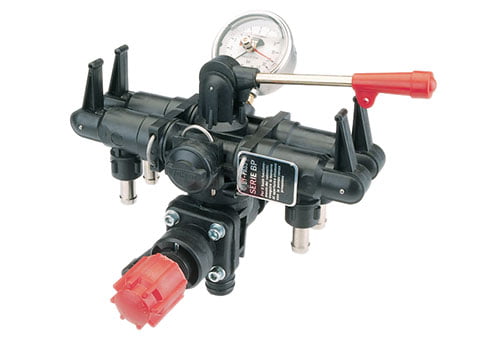Innovative Control Valves: Enhancing Precision and Reliability
Wiki Article

Maximize Energy Cost Savings and Comfort With Advanced Building Automation Controls
In the world of modern architecture and center monitoring, the combination of sophisticated structure automation manages stands as a critical development. The convergence of modern technology and sustainability has birthed a new age where energy efficiency, comfort optimization, and operational streamlining are no more far-off goals but possible facts. By taking advantage of the power of automation, structures can adapt, react, and advance in methods that were when unbelievable. The capacity for substantial power savings and boosted convenience is not just an opportunity however an assurance waiting to be met. This paradigm change in structure administration holds the crucial to unlocking a globe where ecological conscientiousness and passenger well-being sympathetically coexist within the walls of our frameworks.Power Performance Advantages
Power performance advantages can considerably minimize power intake and operational prices in buildings. By applying energy-efficient practices and innovations, structure owners and drivers can attain substantial savings while likewise adding to environmental sustainability. Among the key advantages of enhancing energy performance in buildings is the reduction of utility expenses. Energy-efficient systems, such as sophisticated building automation controls, can enhance making use of sources like heating, cooling, and lighting, resulting in lower energy expenses in time.Moreover, enhanced power efficiency can extend the life expectancy of structure devices and systems. By operating extra efficiently, HVAC systems, light, and other structure parts experience less deterioration, leading to lowered maintenance and substitute expenses. In addition, energy-efficient structures typically regulate greater home worths and rental prices, providing long-lasting monetary advantages to proprietors.
Furthermore, energy effectiveness can boost occupant convenience and performance. Effectively controlled interior environments with optimum lights and thermal conditions create an even more positive and helpful workspace, leading to boosted staff member contentment and performance. Overall, the power performance benefits associated with innovative structure automation controls are multifaceted, incorporating cost savings, environmental stewardship, and passenger health.
Boosted Comfort Control
Enhancing convenience control in building atmospheres requires a sophisticated combination of innovative automation systems for ideal owner well-being. By making use of innovative building automation controls, facilities can customize the interior environment to meet the specific requirements and choices of owners. These systems enable exact policy of ventilation, lights, and temperature, developing a efficient and comfy environment. Passenger complete satisfaction and performance are closely linked to thermal comfort, making it important to have systems in area that can adapt to transforming problems in real-time.Enhanced convenience control goes beyond basic temperature adjustments. It consists of functions such as customized setups, occupancy sensors, and all-natural light usage to create a vibrant and receptive setting. By including these sophisticated controls, buildings can not just improve convenience however also boost power effectiveness by enhancing system operations based upon actual tenancy and use patterns. Eventually, focusing on resident convenience via sophisticated automation systems causes a much more pleasurable and healthier interior setting.
Functional Efficiency Improvements

Additionally, the execution of real-time tracking and analytics tools enables structure operators to recognize power ineffectiveness and operational anomalies promptly. By continually checking power use patterns and system efficiency metrics, adjustments can be made in real-time to enhance power intake and make sure peak functional effectiveness. control valves. Additionally, including need action strategies into structure automation controls can additionally boost functional efficiency by dynamically adjusting energy use based upon grid conditions and pricing signals
Indoor Climate Optimization
Effective interior climate optimization is a basic facet of structure automation controls, guaranteeing residents' comfort and health while maximizing power cost savings. By using innovative sensing units and controls, building automation systems can continuously change and keep track of temperature, moisture degrees, air top quality, and air flow to produce an ideal indoor atmosphere. Maintaining consistent and comfy problems not only enhances occupant complete satisfaction but also boosts performance and total wellness.Indoor environment optimization additionally plays an essential role in power effectiveness. By fine-tuning air flow, home heating, and cooling systems based upon real-time information and tenancy patterns, constructing automation controls can considerably decrease energy consumption - control valves. As an example, carrying out methods such as demand-controlled air flow and thermal zoning can assist decrease power waste while making sure that each location of the structure receives the essential conditioning.

Sustainable Atmosphere Production
Building automation controls not just maximize indoor climate problems for power effectiveness and occupant convenience yet also lay the structure for creating a lasting atmosphere via tactical administration of resources and systems. By incorporating innovative building automation modern technologies, such as sensing units, actuators, and intelligent software program, centers can monitor and adjust power usage in real-time to reduce waste and minimize their carbon footprint. These systems enable predictive upkeep, identifying prospective issues before they rise and maximizing devices performance to enhance long life and performance.Additionally, lasting atmosphere production expands past energy monitoring to include water conservation, waste decrease, and interior air quality improvement. Structure automation controls can manage water use, discover leakages, and make sure correct garbage disposal techniques, adding to total sustainability initiatives. Additionally, by managing and checking ventilation and filtration systems, these technologies improve passenger health and wellness and efficiency while decreasing energy consumption connected with HVAC operations.
Final Thought
To conclude, progressed structure automation manages deal significant advantages in terms of power cost savings, convenience control, operational performance, indoor climate optimization, and producing a sustainable setting. By carrying out these controls, buildings can achieve optimal efficiency while minimizing energy consumption and boosting passenger convenience. It appears that making use of innovative automation innovation is important in boosting building efficiency and producing an extra sustainable future.Energy effectiveness advantages can substantially lower power usage and functional prices in buildings. Generally, the power effectiveness advantages connected with advanced building automation controls are multifaceted, encompassing price savings, ecological stewardship, and occupant wellness.
Furthermore, including demand feedback methods right into structure automation controls can even more boost functional performance by dynamically changing energy use based on over here grid problems and pricing signals.
Structure automation manages not only maximize interior environment problems for energy performance and resident comfort but also lay the structure for developing a lasting atmosphere with strategic management of resources and systems.In final thought, progressed building automation manages offer substantial advantages in terms of power savings, comfort control, operational performance, indoor climate optimization, and click here for info creating a lasting environment.
Report this wiki page